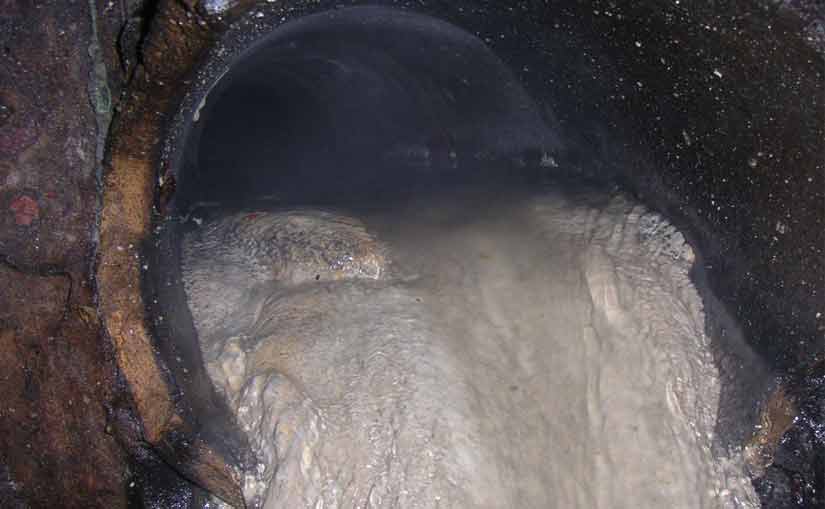Everything you need to know about using bacteria to reduce the amount of grease in a system. Feeding people and making sure that they are happy with their food are not easy tasks to undertake. Every person has a different standard in making food choices. Texture, taste, color, temperature, and price are only some of the criteria that people use when they go out to eat or buy fast food. Nevertheless, there is a continuous stream of food everywhere in America. Food stalls, restaurants, cafeterias, diners, hotels, motels, resorts, malls, and state prisons are only some of the establishments that produce or serve food to different kinds of people. Even if they offer the same menus to a myriad of customers, they still have steady production every single day. The demand just keeps on coming because food gets the more attention than almost anything else. It doesn’t only serve as sustenance but also as a means to get more tourist revenue from both local and foreign patrons.
In the obvious advancement of the food industry, more and more FOG (fats, oils, grease) are being produced. With this, the FOG crisis is getting far worse. Health and environmental problems are overwhelming the entire country. This is why the grease or pretreatment ordinance was created and is now being strictly implemented. Through the help of the ordinance, the wastewater treatment facility and the sewer lines are protected from FOG overflow. There is a certain limit to the amount of FOG that could mix into the wastewater. If any establishment goes over the acceptable figures, the company responsible will be fined and could probably face environmental lawsuits.
The grease ordinance requires food establishments and facilities to build and install grease traps that are appropriate for their businesses. These traps should have permits so that they could easily be inspected by the Department of City Sewer. Regular maintenance should also be given by the company owner on a regular basis. Grease traps could either be installed inside (if the establishment is small) or outside, underground (if the establishment is large). A basic rule in maintaining grease traps is that when it’s small, it should be cleaned every month. If it’s large, it should be cleaned every quarter.
Enzymes and chemicals are often thought of when cleaning the grease trap. The immediate “melting” or “dissolving” effects of these substances are enough for some food business owners to be convinced that they really do help get rid of the FOG. But if you look closer, the FOG doesn’t really disappear when it’s treated with chemicals and enzymes. The FOG is just emulsified and becomes almost undetectable when it mixes in with the wastewater. Once the emulsified FOG reaches the pipelines, it solidifies and clogs the pathway of the wastewater. it backs up into the food establishments and causes severe contamination. The health of the people and the environment become severely affected, the quality of life is never the same again.
Using bacteria to reduce grease is highly recommended. These are living microscopic organisms that degrade the FOG and other contaminants in the grease trap. When bioremediation is used, “friendly” bacteria are used to transform the solid wastes and FOG into less harmful forms. When bioaugmentation I used, everything is a level higher. It uses a selected strain of bacteria to get rid of the FOG and solid wastes. Through the use of bacteria, the following also happen:
- Starts aerobic treatment systems in the wastewaters that come from manufacturing plants that produce cheese and milk.
- Removes deposits of grease
- Prevents scum in drains, aeration basins, holding tanks, drains, and sewers
- Increases rate of wastewater degradation the biological way
- Reduces odors
Since it is costly for food companies to have their grease traps pumped out every week, using bacteria to reduce the amount of grease could really cut down the expenses. With the use of bacteria in grease trap maintenance, the food industry will continue to serve more foodies and tourists in the United States.

